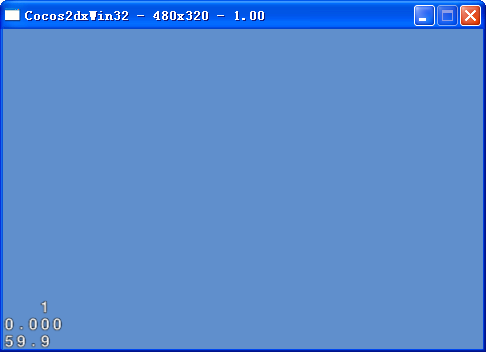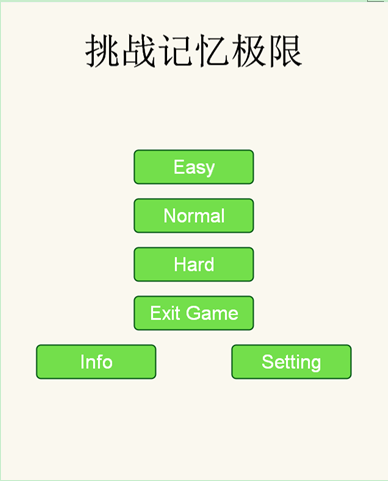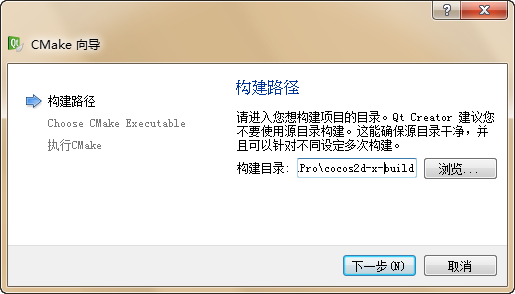源码解读:
function clone(object)--clone函数 local lookup_table = {}--新建table用于记录 local function _copy(object)--_copy(object)函数用于实现复制 if type(object) ~= "table" then return object ---如果内容不是table 直接返回object(例如如果是数字\字符串直接返回该数字\该字符串) elseif lookup_table[object] then return lookup_table[object]--这里是用于递归滴时候的,如果这个table已经复制过了,就直接返回 end local new_table = {} lookup_table[object] = new_table--新建new_table记录需要复制的二级子表,并放到lookup_table[object]中. for key,value in pairs(object) do new_table[_copy(key)] = _copy(value)--遍历object和递归_copy(value)把每一个表中的数据都复制出来 end return setMetatable(new_table,getMetatable(object))--每一次完成遍历后,就对指定table设置Metatable键值 end return _copy(object)--返回clone出来的object表指针/地址 end
实例示范:
function clone(object)
local lookup_table = {}
local function _copy(object)
if type(object) ~= "table" then
return object
elseif lookup_table[object] then
return lookup_table[object]
end
local new_table = {}
lookup_table[object] = new_table
for key,value in pairs(object) do
new_table[_copy(key)] = _copy(value)
print(key,value)--这句添加print函数 演示输出复制的过程
end
return setMetatable(new_table,getMetatable(object))
end
return _copy(object)--返回clone出来的object表指针/地址
end
local a = {
[{100,200}] = { 300,400},200,{ 300,500},abc = "abc"}
local mypolygon = {
color="blue",thickness=2,npoints=4,{x=0,y=0},{x=-10,{x=-5,y=4},y=4}
}
local newtable = clone(a)
local newtable2 = clone(mypolygon)
-----------输出内容
1 200 1 300 2 500 2 table: 0x7ffa43d06930 1 100 2 200 1 300 2 400 table: 0x7ffa43d06610 table: 0x7ffa43d068f0 abc abc ---以上是复制表a时的输出内容 后面以下是表mypolygon的输出内容 x 0 y 0 1 table: 0x7ffa43d064f0 x -10 y 0 2 table: 0x7ffa43d06a60 x -5 y 4 3 table: 0x7ffa43d06af0 x 0 y 4 4 table: 0x7ffa43d06b80 npoints 4 thickness 2 color blue




